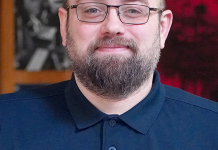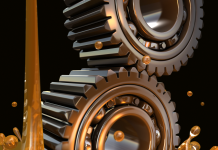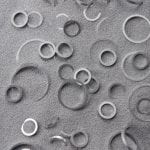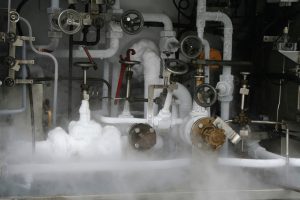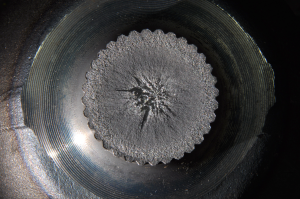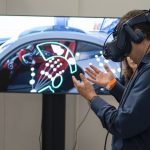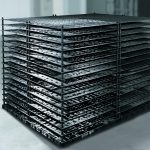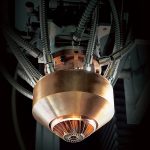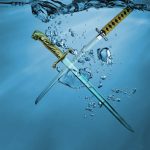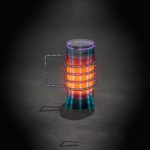Lindberg/MPH has been around for over 100 years. During that century, it has changed hands and names, but since it became part of Thermal Product Solutions (TPS), the company has been making great strides to alter its entire culture.
And with that cultural change, Lindberg/MPH has become one of the more profitable and fastest-growing brands under the TPS umbrella, according to Steve Kempowski, who has been Lindberg/MPH’s president for the last two years.
“What we have done over the past two years has been to really revitalize and get the brand out there again — the Lindberg/MPH brand,” Kempowski said. “It has a lot of history. But over the years — with the changes in ownership, changes in location — people knew Lindberg was still there, but really didn’t count on them when they wanted new equipment. Basically they thought we were just doing parts and really not into original equipment any longer.”
And because of that misconception, a lot of business went elsewhere, he said.
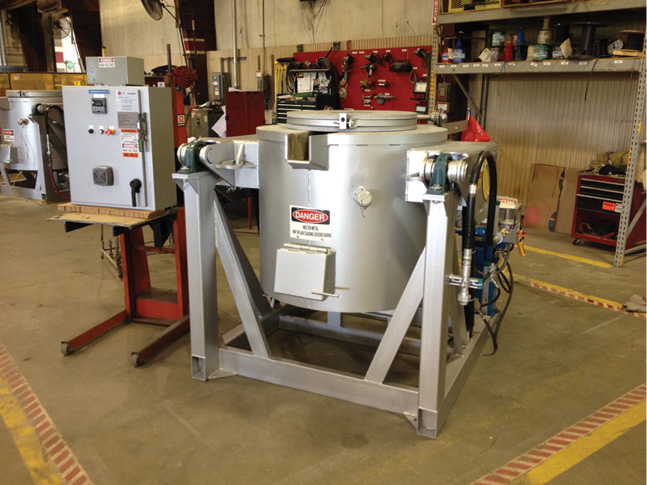
“Over the past two years, we did a lot of marketing, getting the brand out there again, letting people know that Lindberg is alive and well, and that they are doing original equipment and never stopped,” Kempowski said. “And with that has come growth for the past couple of years. So we are definitely in a growth mode. Our goal is to continue to grow year after year and get back into a lot of the markets where we were the dominant player.”
Lindberg/MPH is poised to offer its products to a variety of those markets, including integral quench furnaces for carburizing, conveyer-type equipment for the electronics industry, pit furnaces for nitriding applications, pit furnaces for steam-treating applications, as well as standard box furnaces used for a variety of different applications.
Lindberg/MPH customers also cover a wide range of industries including aerospace/military, automotive, commercial heat treating, energy/oil, electronics, and the forging markets.
“We’ve also invested heavily in the past few years in new equipment,” Kempowski said. “Brakes, shears, punches, structural saws, paint booths, and people. We’ve really been adding people.”

Lindberg/MPH expects its line of Pacemaker integral quench furnaces — which Kempowski said Lindberg already has received several orders for — to make the industry take notice.
“That’s one of the areas Lindberg was dominant in the ’90s and early 2000s,” he said. “So we have recently landed several orders for that style of furnace.”
The Pacemaker furnaces are used for carburizing steel.
“There are a lot of different things you carburize, but carburizing is a hardening application.” Kempowski said. “Once a part is made, you need to harden it to make it last longer, so it doesn’t wear out as fast. And that’s what the Pacemaker is typically used for.”
In addition to the Pacemaker integral quench furnace, Lindberg/MPH also offers pit nitriders.
“You also have another hardening application called nitriding,” Kempowski said. “Nitriding is a heat-treating process that diffuses nitrogen into the surface of a metal to create a case-hardened surface. That’s what the pit nitriders are commonly used for.”
The other side of the Lindberg coin is the MPH side, which is involved with melting equipment.
“That has been going very strong and growing, also,” Kempowski said. “That’s for the non-ferrous melting industry, die casters. They melt aluminum and die cast parts for automotive and aerospace. That’s what that product line is used for most of the time.”
Lindberg/MPH also has done some projects for the hot-stamp industry, according to Kempowski.

“Typically what they do is they will heat up a blank of metal, and then put it in a stamping machine that will stamp it into a shape,” he said. “For instance, it could be the side impact beams on a car, body pillars for a car, framing, bumpers, the roof panels. Or it could be as simple as a garden shovel. Those are all hot stamped applications. And that’s an emerging market. There’s always been cold stamping, but they’re finding that hot stamping is actually working better. It doesn’t work-harden the material as bad.”
Lindberg/MPH won’t be content with its current line of industry products. It is about to embark on a project in the near future involving atmosphere generators, according to Kempowski.
“It’s kind of an older technology; not a lot has changed over the years with it,” he said. “But we’re thinking there’s got to be something better, a more cost effective, easier way to crack gasses. And we’ll be embarking on an R&D project very soon to start looking at those innovative approaches to older technologies.”
The products Lindberg/MPH offers is certainly integral to its success, but the company also depends on its people, first and foremost, according to Kempowski.
“We’ve really changed (the company atmosphere) around and made more of a family fun atmosphere, which just gets people more excited about the work they do,” he said.
And there has been quite a bit of transformation since Lindberg/MPH was founded in 1912 as the “Replaceable Heating Elements” company in New York. The name came from the owners’ patented, replaceable heating elements for research heating applications.
The company has gone through many mergers and changes that include the MPH merger in 2005 and its current affiliation with TPS.
“Basically, they started by doing replacement heating elements, and then it grew into making furnaces,” Kempowski said. “Part of the story I heard was, at one point, Lindberg was a heat treater and decided they couldn’t get quality equipment from anybody, so they decided to start building their own.”
To date, Lindberg/MPH has installed more than 75,000 industrial furnaces all over the world covering a variety of applications.
“Over the years, things have been added to (the company),” Kempowski said. “We started by adding heavy duty to it, the Leeds and Northrup brands. Blue M brands were brought into it, which are still part of the family. And it just has grown from there.”
But in the end, that continued growth boils down to the employees and keeping them around, which means keeping them engaged and excited to work for Lindberg/MPH, according to Kempowski.
“We do a lot to celebrate victories, engage people, and make sure that they’re happy and want to come to work,” he said.


